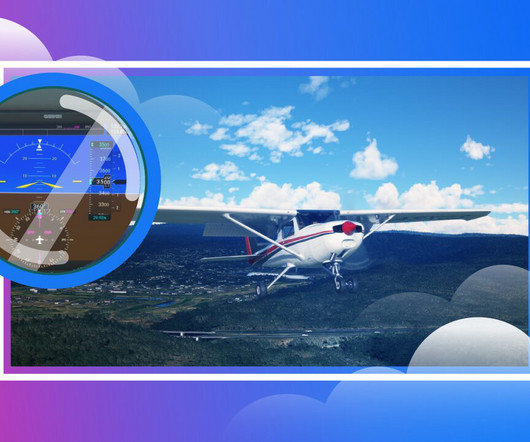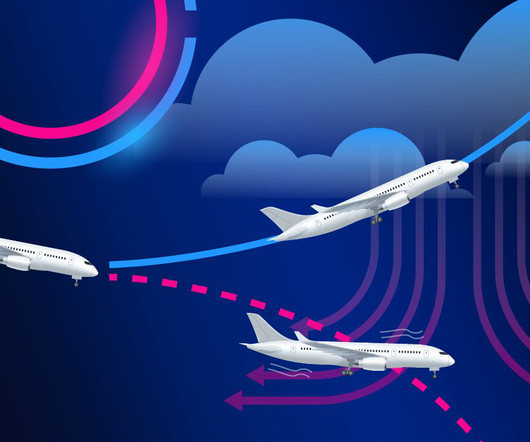How to Master Slow Flight (Step-By-Step)
Pilot Institute
MARCH 29, 2024
Additionally, both private and commercial pilot checkrides require the demonstration of slow flight. Fly at least 1,500 above ground level (AGL) to allow room for recovery in case you stall the aircraft. For a greater margin of safety, select an altitude that leaves you 1,500 feet AGL after recovery from a stall.











Let's personalize your content